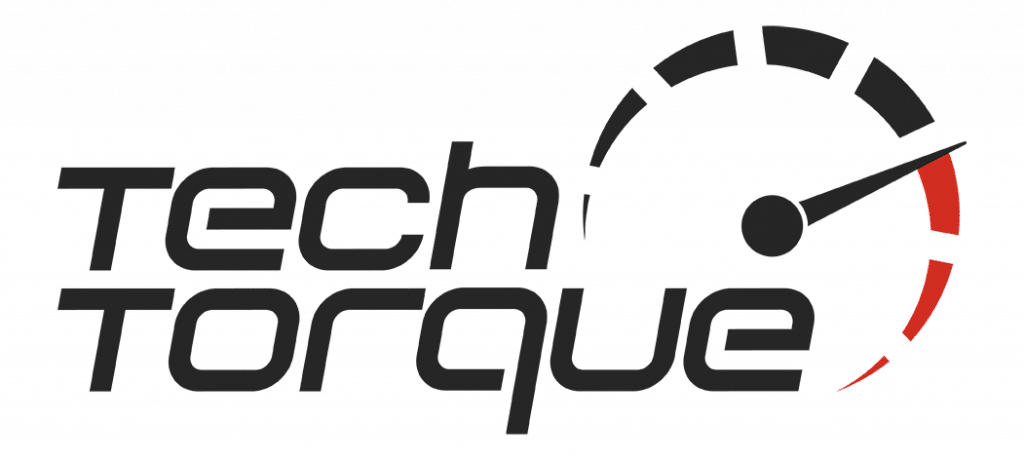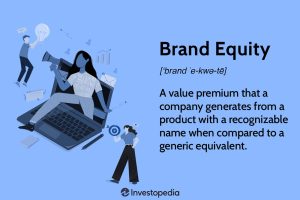There are two popular approaches to selling your great technology:
- The higher effort, direct route of the lone warrior with high risk of ‘crash and burn’. (Remember Icarus who flew too close to the sun?) or
- The lower effort, lower risk, indirect route using emissaries. We explore both with real world examples.
Innovation starts here
A bold claim perhaps, but the Australian technology sector has produced world-class solutions in many fields for years. From the Black Box Flight Recorder to Gene Shears to Quantum Computing. Yet, these and many other b2b product launch strategy breakthroughs were made with little support from federal or state governments.
Austrade, the organisation set up to help Australian companies market their products overseas, seems more focused on selling Australia’s expertise to global corporations. Rather than helping Aussie hi-techs export their products. There are many positive statements in Austrade’s Innovation document about government support and Australia’s robust R&D ecosystem. The reality is that virtually all our successful start-ups have done the b2b tech marketing heavy lifting themselves.

Most government support has been in the form of limited or empty promises. At federal level, governments on both political sides have slashed funding for Australian R&D. To the point where Australia’s standing is now just ahead of Greece.
Not Enough Support from Great Technology Investors
Despite lack of support at every government level, we’ve seen spectacular successes with pioneers like Cochlear and ResMed and, more recently, Atlassian. It’s instructive that Atlassian chose the US stock market for its highly successful IPO. Maybe because many Aussie investors are reluctant to back a local software company or any Aussie technology vendor.
A biotech client of ours listed first on the ASX and then on the NASDAQ, after finding it couldn’t attract enough investors in Australia. The situation is even worse for software companies: ‘… there are no solely software-based companies listed on the ASX,’ says Alex Louey, co-founder of Appscore. ‘In the US they are a dime a dozen.’ That’s the state of affairs Down Under.
Beware of the Lone Ranger Option
The USA is an irresistible honeypot for Australian technology companies because of the vast b2b marketing opportunities and associated prestige. But for a small Aussie company of 20-60 staff, it can be distracting, expensive and hard going to get traction across the Pacific.
A former client of ours, an enterprise security software vendor, had connections in the USA and the CEO was super-keen to make his mark there. A few years ago, one of his well-connected mates encouraged him to hire a local salesman and even put forward a candidate with an impressive CV including well-known US employers. Against our advice, the CEO hired the candidate sight unseen.
He turned out to be morbidly obese and could not fly across the country to visit prospects or attend security conferences; he couldn’t even walk very far. This sales resource was limited to communicating by phone and email, since face-to-face contact was out of the question. He would arrange meetings and then rely on resources from Australia and the UK to fly over and attend.
By the time the CEO realised the full extent of the problem, he’d spent serious money on the guy’s salary, travel and accommodation, and wasted his key UK and Aussie tech resources on wild goose chases. He’d lost a precious year in a fast-moving, competitive market, and key customers in the UK and Australia were feeling neglected.
All things considered, the US hire decision cost the company hundreds of thousands. You might think this is an extreme case, but we’ve seen it repeated many times. More often than not, this option fails to deliver.
The Third Party Option: stand on big shoulders
The same company had taken an entirely different and successful route to the UK, some years before the ill-fated foray into the US.
Back then, its technology was a game changer, yet back in Australia few companies understood why it was different and why they needed it. Although this technology offered the highest-performing network protection available in the world, the major local banks kept opting for inferior technologies from comforting global vendors. Sound familiar?
When we started working with this company, it was clear that the most rewarding market niches were national security, defence and law enforcement. They all needed the smartest technology on the planet, and political correctness played no part in the decision process. As a result, we positioned the technology as Defence Grade Cyber Security. As this was a limited vertical in Australia, overseas markets were the obvious answer, but foreign prospects were even more impenetrable than local banks.
Enterprise software has a long sales cycle, and it needs skilled people who can manage POCs (Proofs of Concept) and deployments, and keep existing/potential customers and partners happy over the long term. Fortunately, the company had a very experienced senior salesperson who was willing to go the UK for a few years. She was Celtic, charming, intelligent and fitted in right away.
We’ll call her Sinead.
The strategy was to focus on building partnerships with IT systems integrators like BT, Capgemini and Logica, to help open doors to the big defence and intelligence contracts, and it worked. Sinead spent most of her time schmoozing these ’emissaries’ and building strong relationships built on trust and performance.
We backed her up with thought-leading White Papers that tackled issues of national security like Cyber Espionage, Insider Threats and gaining better Threat Intelligence, which Sinead used face-to-face contact and we supported her with targeted email campaigns. In these papers, together, we highlighted the vendor’s superior knowledge and expertise at the ‘serious end’ of cyber security.
Several of Sinead’s UK partners introduced her to their existing clients who introduced her to more players in this closely-knit, closed-door, hush-hush community. It wasn’t long before the UK business, focused almost entirely on defence, intelligence and law enforcement, outgrew the business Down Under.
For this vendor, focus on partners has continued to bear fruit in the UK and Europe. While the US market is still proving elusive.
Choose the Right Partners
In the crowded, competitive, noisy US technology markets, you’ll probably need several well-performing partners. Plus a well thought out tactical marketing plan to gain some traction. The huge US market also tends to be divided into east coast, middle, west coast, and Canada.

So, apart from reaching out into your markets using a software marketing agency, you need to choose partners who have a genuine need for your product. Not just those who’ll sign up to sell it. For the former, your technology needs to fill a vital gap and strengthen their offering. That way, your product won’t be just another line item in their catalogue.
You need to be tough when vetting potential partners, especially overseas, to find the ones of best fit. A good start is having a series of questions to qualify those with the right experience. As well as internal technical and sales expertise, and clients in verticals that match yours is a good start. It may take longer than you planned. However, it’s important to resist the urge to make a needs-driven decision you’ll regret down the track.
Once you’ve established productive relationships with a few select partners…
They will be easy to manage even for a smallish Aussie company. If you’ve chosen your partners carefully, your main challenge will be to train them (either in the US or AU). And also keep their training up to date and help them sign their first deals quickly. Think of them as rookie salesmen who need early wins to become confident. Once your partners have tasted success, and seen the quality of your support, they’ll be working hard to generate strong growth.
Another client, a European antivirus software vendor, had a product that was far superior to that of the market leader at the time, Norton from Symantec. Most PC resellers were selling Symantec, so focusing on them would only have sparked a price war. Instead, we suggested approaching a few specialised, niche-focused resellers who needed clear differentiation from the Symantec resellers. It was an obvious strategy, and it worked. We used exactly the same strategy for a Compliance Training software company, who expanded using carefully-selected, matched partners.
Start in the Right Place
Don’t already have an overseas presence or a big budget for global expansion? Then starting with the UK or US – even via partners – may not be the best choice. Moving sequentially outward in geographical waves might make more sense, and it looks a bit like this:
- First prove your technology in Australia. When it comes to IT software, the local market is as mature as any in the first world. So, if it works here, it will work in Asia, Europe and the USA. You can also forge relationships with partners located in Australia who have global offices to help your expansion.
- Overseas starts across the ditch (like it or not). New Zealand may not offer the enormous riches of the USA. But it’s a convenient place to test assumptions. As well as becoming familiar with the logistics, challenges and cultural differences in other countries. It’s also a short flight with just a two-hour time difference! If things don’t work out straight away, the whole world won’t be watching and your powder will still be dry.
- Next stop: Asia-Pacific. Singapore, Malaysia, South Korea and Taiwan are major tech exporters and heavy users of advanced technology. The easiset starting point is Singapore, in terms of flight times and time zones, but also culture and sophistication. Singapore is a cosmopolitan market with exposure to cultural differences.
The Bottom Line on selling your Great Technology
So, the simple answer to the question ‘How to sell your great technology overseas’ is: ‘Walk before you Run. Run before you Fly’.
The image in the header is Icarus, the character in Greek mythology who wanted to fly. He ignored advice from his father, Daedalus, and headed straight for the sun. The result: melt, crash and burn. Not a pretty sight then, and not a pretty sight for a technology company 2,500 years later.
Original text written by Tracey James and Updated by Matthew Whyatt






